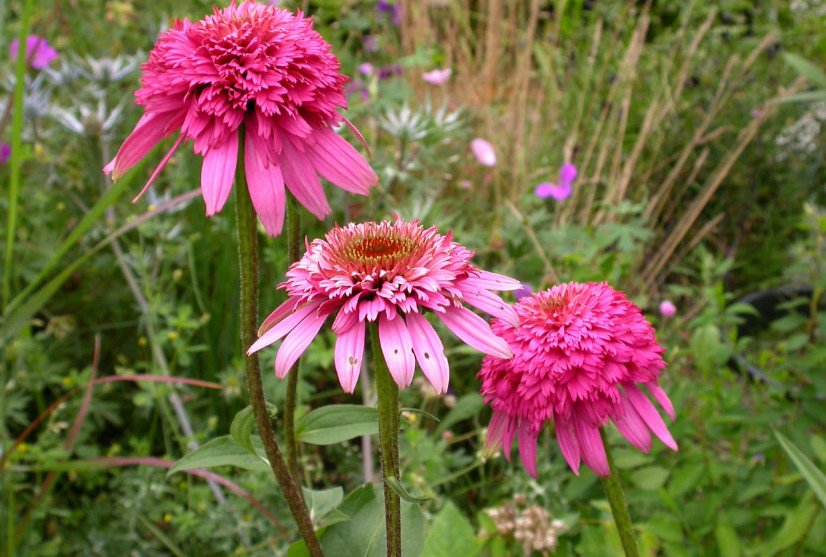
I obviously belong to such collectors-gardeners who love everything. Back in the recent past, when I was asked: “What plants do you still not like?”, I answered without hesitation: “Echinacea, zinnia, gladiolus. For some reason, I’m not attracted to them.”
Features of cultivation
Echinacea, an unpretentious plant that is grown in the garden quite simply. A sunny, not damp place is probably all she needs. As for the soil, based on my experience, I can say that this plant is able to grow on any soil, but on humus fertile soil it looks more powerful, bushes grow faster.
Echinacea loves feeding. Usually it is fed twice: once in the spring at the beginning of regeneration and during budding. For fertilizing, use a complex fertilizer. Dry hot weather is not terrible for echinacea. In rainy weather, you should take a closer look at the plant: firstly, stems with heavy flowers can lose stability, and, secondly, an outbreak of fungal diseases.
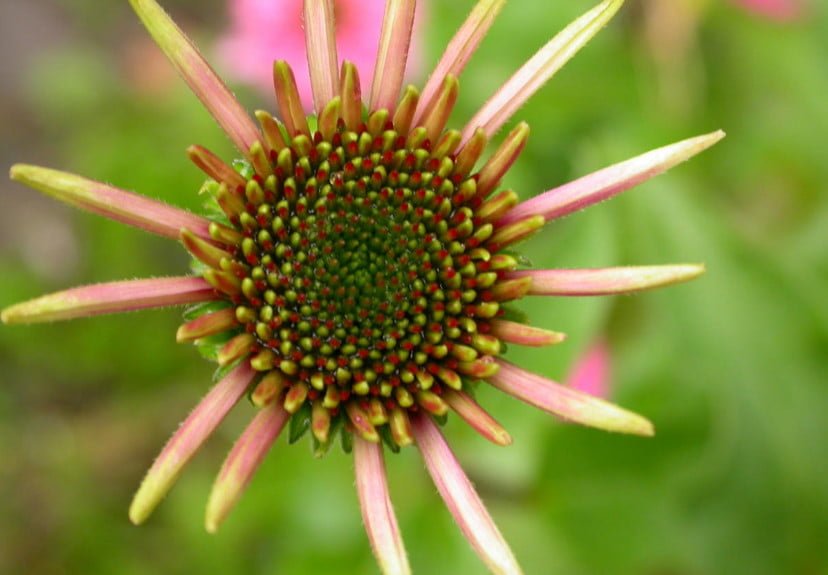
It is best to transplant the plant at the beginning of the season, although if the bush has become very large, it can be divided in summer, until mid-August. When planting echinacea in the soil, make sure that its root neck remains at the level of the soil surface. Failure to comply with this condition is fraught with rotting.
If you have purchased a weak echinacea bush in a container, do not let it bloom in the first season. Feed this plant when planting (10-15 g/0.35-0.5 oz of full fertilizer per hole) and cut off the peduncle. The plant will take root better and overwinter better. In preparation for winter, the stems of echinacea are cut off, the root neck is slightly mulched with compost.
How to reproduce Echinacea
Echinacea is easy to grow from seeds, however, as practice has shown, varietal characteristics are not always transmitted to seedlings. Seeds are usually sown indoors in March. Shoots appear in about 2-3 weeks. Seedlings bloom in the second year.
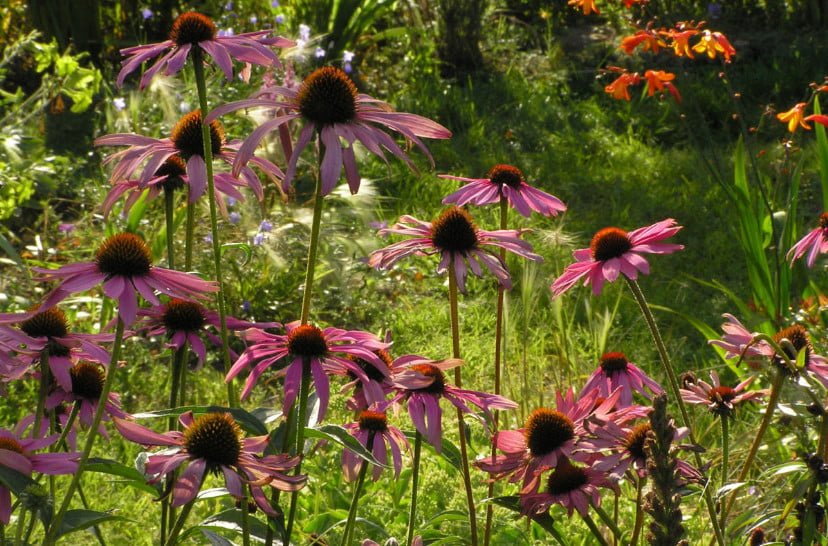
As for the new hybrid varieties of echinacea, they are propagated only vegetatively, by dividing rhizomes or root cuttings. Reproduction is best carried out in the spring, when the plants begin to grow. The hive is divided into parts. Thicker roots can also be carefully trimmed. It is useful to treat root cuttings with zircon for 6-8 hours (dissolve 1 ampoule in 5 liters of water). When planting, the root sections of the root cuttings should be at the level of the soil surface.
What is sick and who is afraid of Echinacea
In fact, echinacea rarely gets sick, and if it does, it is most often from infections that occur during rains. An outbreak of powdery mildew and various roots is possible. Of the pests, it is necessary to mention Philaenus spumarius, beetles and slugs do not cause complete damage to the plant, but only spoil its appearance.
Use in garden design
These advantages of echinacea have made it very popular in the design of an ornamental garden. Stable stems of high varieties allow the plant to be widely used both for planting against the background of flower beds and as bright proud tapeworms. Low varieties with large flowers in the front of the plans. They can also be used to create borders.

Textured echinacea bushes with large flowers go well with cereals or plants with small foliage. They look beautiful in combination with autumn aster, litrum, physiostegia. It is possible to plant echinacea in containers for decorating stairs, courtyards and other rooms. Plants with both tall and short stems are suitable for this purpose. Cut stems of echinacea are also used to create dry bouquets.
Not only beauty
Echinacea is a valuable medicinal plant with wound-healing, anti-allergic, hemostatic and stimulating properties.
Everyone knows immunostimulating drugs that are made from echinacea. An effective immunostimulating agent can be prepared at home. The aboveground part of the plant is cut off during flowering, washed with boiled water, cut into large parts and left in clean boiled water for 3-5 hours. Grind in a meat grinder or blender. The resulting mass is stored in a freezer, having previously decomposed it in a device for the production of ice cubes. The drug is taken for the prevention of infections, to reduce weather dependence, as well as during rehabilitation after diseases. The daily norm is one cube.
For external use: dried echinacea leaves are crushed and steamed in warm vegetable oil. The resulting mass is applied to the wounds.
If you feel that echinacea has a beneficial effect on you, you can use its live leaves during the season. It is enough to eat 1-2 leaves a day.


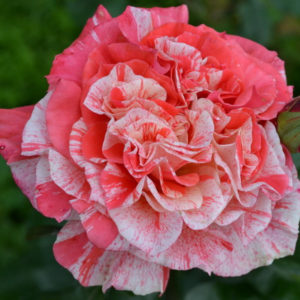
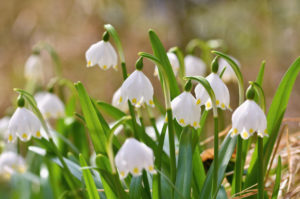
Leave a Reply